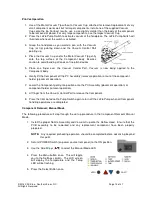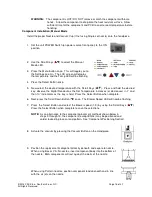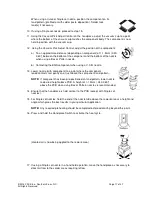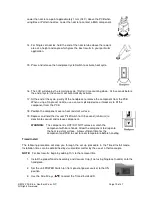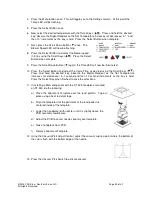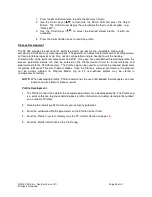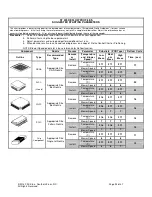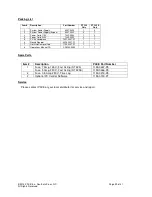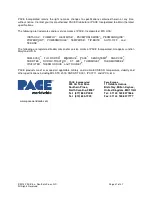
©2013 PACE Inc., Southern Pines, NC
Page 27 of 31
All Rights Reserved
unacceptable (open/starved joints). The PCB assembly (or rework area) should also be
preheated (in accordance with your company requirements) after solder paste deposition to
remove any volatiles (e.g., solvents) in the paste. The PACE ST 400 & ST 450 systems are highly
recommended for this preheating application. Preheating can also be accomplished with top
heat.
Component Positioning
The ST 325 has the capability of placing most SMD components properly. In some instances (e.g., fine
pitch FlatPack placement) however, the user may prefer to position a component and solder tack it in
place prior to final soldering. The following procedure is extremely useful when installing leaded
components.
1. Using a PACE Pik-Vac (vacuum holding device) or tweezers for handling or holding, position the
component leads to align with the land areas.
NOTE:
A flux paste may be applied to corners of the PCB land pattern to temporarily hold the
component in place.
2. Using a soldering iron with a fine pointed tip, tack two or more lead to land locations at opposite
corners of the component. This will provide stability during subsequent handling throughout the
soldering process.
Preheating
Preheating of a printed circuit assembly is recommended in the repair process when one or more of the
following situations exist.
1. Epoxy glass substrate with 4 or more layers.
2. Substrate with large ground planes.
3. Substrate of ceramic, polyimide or other high heat dissipative material.
4. Printed circuit assembly with large metal heat sinks.
Preheating of assemblies such as those listed above will accomplish the following objectives.
1. Minimize thermal shock by elevating the assembly temperature to a level closer to solder melt
temperature.
2. Minimize the heat cycle reflow time.
3. Overcome the heat dissipation characteristics of the assembly.
4. Minimize adjacent reflows.
The assembly undergoing repair must be heated for a length of time sufficient to saturate at the preheat
temperature required. The PCB preheat temperature normally used is 100°C (212°F) for epoxy glass
substrates and 120°C (248°F) for ceramics and polyimides.
Although many different methods such as ovens and bottom side preheaters may be utilized to
accomplish the required results, the user must employ a method which heats the assembly as evenly as
possible and can be utilized with the ST 325 unit. The preheat temperature should also be maintained
throughout the Removal/Replacement process. PACE recommends the use of it’s ST 400 or ST 450 Pre-
heating systems for this purpose.


